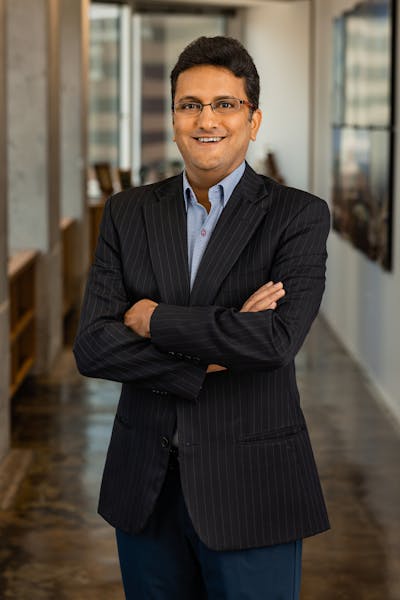
The following article originally appeared in the Structural Engineering Institute’s SE 2050 November 2021 e-newsletter.
Overview
1) Why did Walter P Moore commit to the program?
SE 2050 aligns with Walter P Moore’s core values of providing quality service and leading the industry through engineering excellence. We believe that embodied carbon should be thought of as a design measure in the same way that we have historically considered measures like tonnage, constructability, and formwork complexity. SE 2050 helps us align the work we have already been doing with an industry-wide database.
2) What excites Walter P Moore most about SE 2050?
The growth of the program. Since Walter P Moore committed to the program when it formally launched roughly a year ago, there are now over 60 signatory firms in our industry that have committed. We are also seeing clients and owners discussing including questions related to SE 2050 and Embodied Carbon Action Plans to their requests for qualifications. The excitement for the program by those outside of the structural engineering community is particularly exciting.
3) Does Walter P Moore have a favorite past project focusing on sustainability? If so, what was the best part of that project with regards to its sustainability goals?
The headquarters for the Houston Advanced Research Center (HARC) is smaller than many of our projects, and has been operating for a few years. However, the project’s holistic and integrated design approach is particularly instructive, even for projects under design today. HARC is a not-for-profit research hub providing independent analysis on energy, air, and water issues that collaborates with universities, private organizations, governmental agencies, and community groups to develop solutions to environmental issues and affect policy related to sustainability.From the concept phase of the project, sustainability—specifically both operational and embodied carbon emissions—were considered as performance measures. The project needed to support the financial realities of a not-for-profit research institute, but the owner understood that a bit of design phase investment would pay dividends during construction and operation. Gensler, the project architect, held multiple integrated design sessions that involved the full team including Walter P Moore, the structural engineer. This allowed us to explore multiple structural systems and include carbon estimates and “hot spots” when we presented our findings. We also considered how decisions related to structure and embodied carbon might influence operation metrics such as Energy Use Intensity. While the project pre-dated LEED v4, the team elected to pursue and have Walter P Moore spearhead the LEED Whole Building Life Cycle Assessment credit. The project has since achieved both LEED Platinum and International Living Future Institute Zero Energy certification.
4) Do you have any advice for other firms considering making the SE 2050 commitment and/or another sustainability goal?
Jump in! As structural engineers we study systems, consider efficiency, and work with uncertain data every day. This makes us well positioned to also address embodied carbon. Additionally, even if you did not learn how to do this in school you can learn now, this is a rapidly emerging practice and requires continuous education, even for those who have been doing it for a while. To start, perform a quick carbon calculation for a recent design. Then step back, look at the “hot spots” and consider if there are things you might explore the next time to help reduce them.Last year, we published a report, Embodied Carbon, A Clearer View of Carbon Emissions, that discusses our ongoing journey addressing embodied carbon, and it includes insights from some of our early projects addressing embodied carbon.
Learn more about Walter P Moore’s role as a signatory firm in the SE 2050 program.


